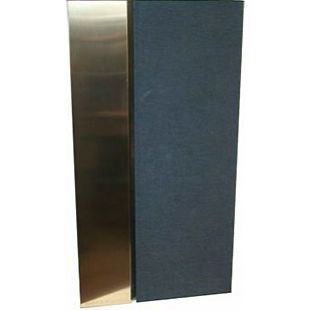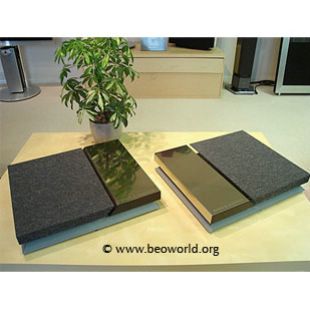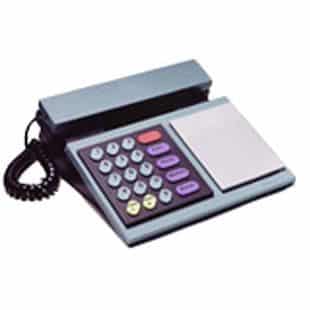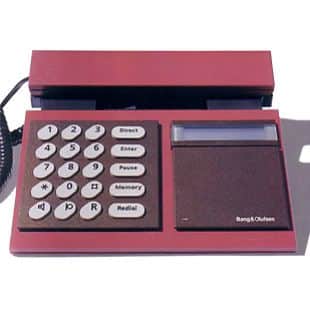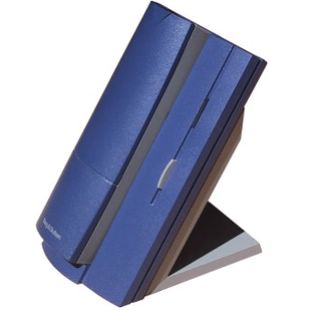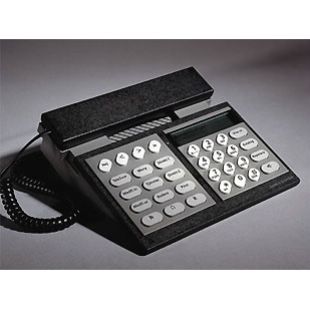BeoLab 5000 (1988)
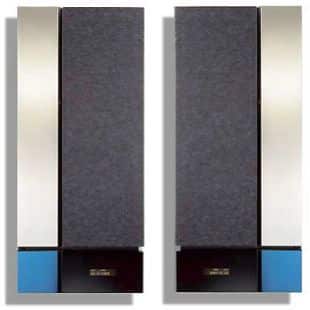
Bang & Olufsen’s BeoLab and Beovox 5000 / 3000 speakers had both the voice and the looks for a leading, acoustic role. And because of their looks, they were known as Bang & Olufsen’s range of panel loudspeakers. Panel loudspeakers were one of the most exciting and interesting examples of how Bang & Olufsen united advanced technology and stunning design to achieve totally new effects.
They may not have looked like high-specification loudspeakers – more like works of art – but their sound immediately gave them away. Even at full volume, they kept the total sound picture in perfect balance.
Design as a work of art
The elegant, flat panel loudspeakers were created to hang on the wall. And with their calm surfaces of blue or grey fabric coupled with polished steel, they could be taken for works of art. But the design was only partly for visual effect. The form of the panel speakers was founded on an advanced, acoustic principle that uses the wall as an active part of the sound reproduction process – without causing the wall itself to vibrate.
Optional display and amplifier
The panel loudspeakers were available in two sizes – each with or without amplifier and a display showing which source was playing and at what volume. Also it told you which track number on a CD or tape you were listening to. With display and amplifier the loudspeakers were called BeoLab. Without, they were called Beovox. The option depended upon which Bang & Olufsen sound system was connected. BeoLab speakers were designed to match Beosystem 6500, 4500, 3500 and Beocenter 9500 and 8500.
Why build amplifiers into the loudspeakers instead of keeping them separate?
Because you can reduce the size of the cabinet volume to one-third of the size of a conventional loudspeaker with the same sound capacity. The principle is called Active Loudspeakers, and what you get is a compact loudspeaker that can play at high volume without distortion or damage to its drive units. Furthermore, when amplifier, treble and bass units are paired for the same task, they can be tailored to compensate for each other’s shortcomings. What you hear is music that sounds exactly like the instrument it originally came from.
Mounting Options
Wall mounting brackets were supplied with this model. No other mounting solution wall offered.

